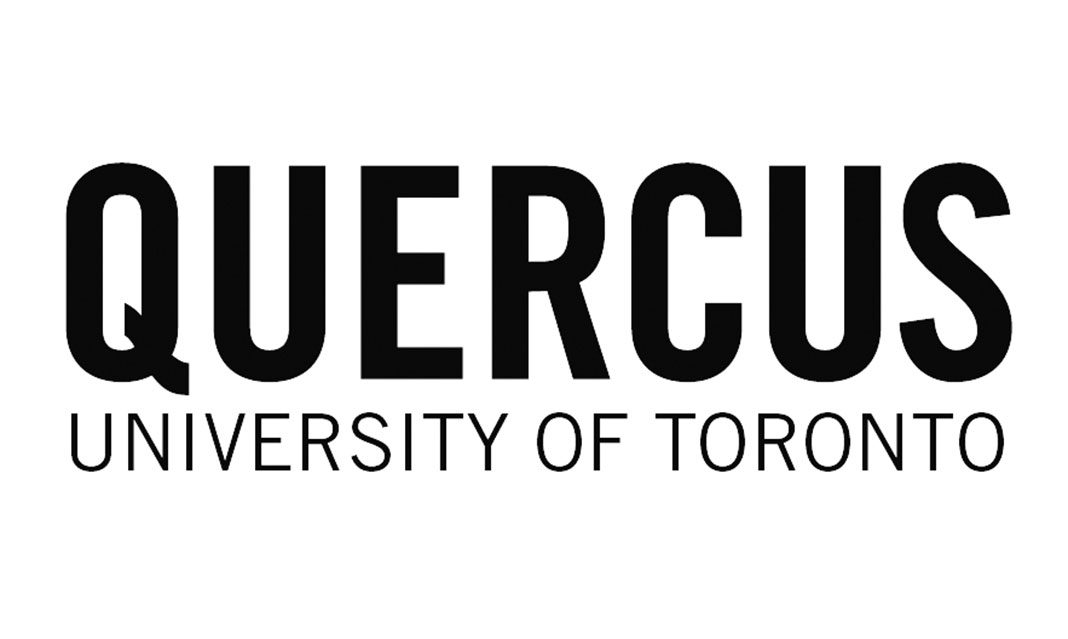The University of Toronto’s Learning Portal is expected to be replaced next academic year for all three campuses with new Canvas software called Quercus. The new system will show a new updated interface and become more user friendly.
“This system is a lot more open and flexible than what we had, and that allows us to build on what we call the academic toolbox which is the sort of notion that this product called Canvas is really our engine now for learning management,” stated Bo Wandschneider, U of T’s chief information officer
Quercus will also feature an updated notifications system. Users will be able to link notifications, such as announcements from professors to different outlets like Gmail accounts or text messages.
Wandshcneider explained that the concept of the academic toolbox would permit the university to add and remove tools and features according to their relevance.
“When faculty and students go out and discover new tools that they think will be really applicable to teaching and learning, we’ll be able to bring those into the system and be able to make them available more broadly,” he explained. “So it gives us a lot more flexibility and it’s a lot more current and I think that the interface is going to be better and it’s just going to create a better all-around experience for faculty and students.”
The name for the new interface was chosen after a naming contest by U of T students and is Latin for “oak tree.”
“The name was really interesting because it aligns with the oak that is in our crest and aligns with our motto “As a tree through the ages,” Wandschneider explained.
“The old system that we’re on is over a decade old and is near the end of its useful life, so we need to update the system,” stated Wandschneider. “A lot has happened in the sector, and it’s really time for us to out again and redefine what our requirements were and see what’s available out in the market. We had a whole bunch of different people on campus, through meetings and consultations, define those requirements.”
Currently only 40 classes are using the Quercus system with the university planning to fully transition by Fall 2018. According to Wandschneider, once the main functions of Quercus have been fully integrated, then the university will begin to add in additional features.



